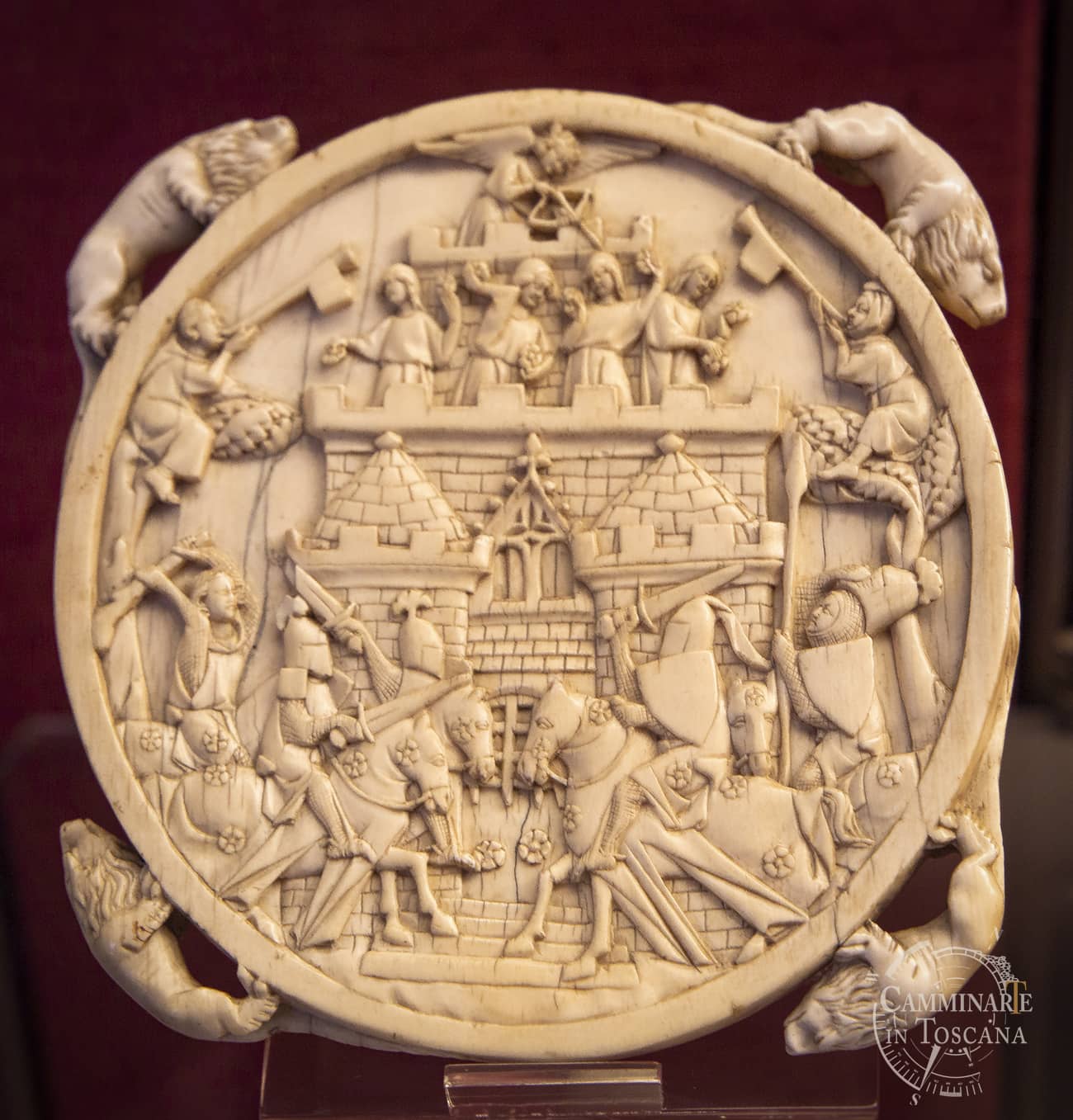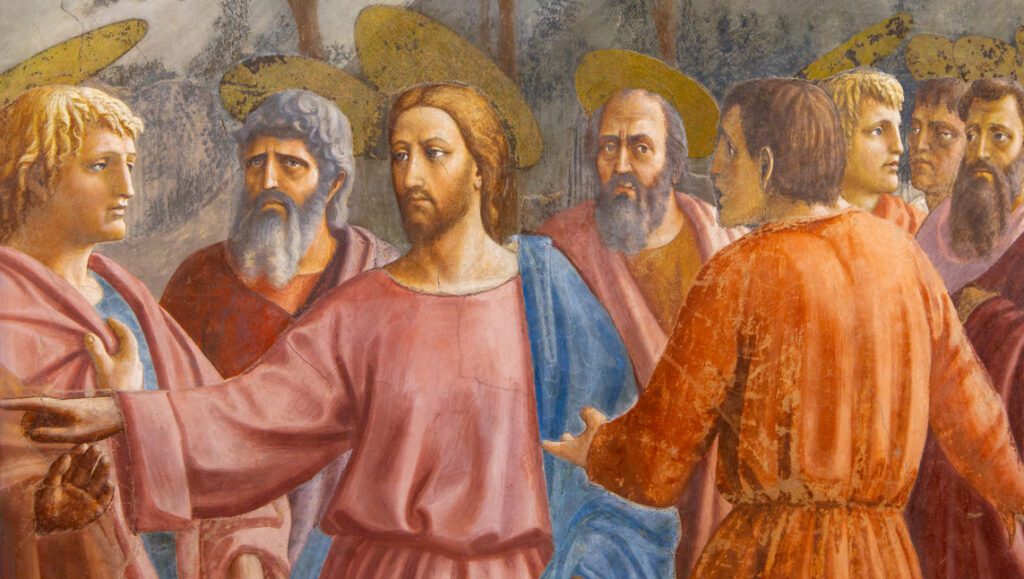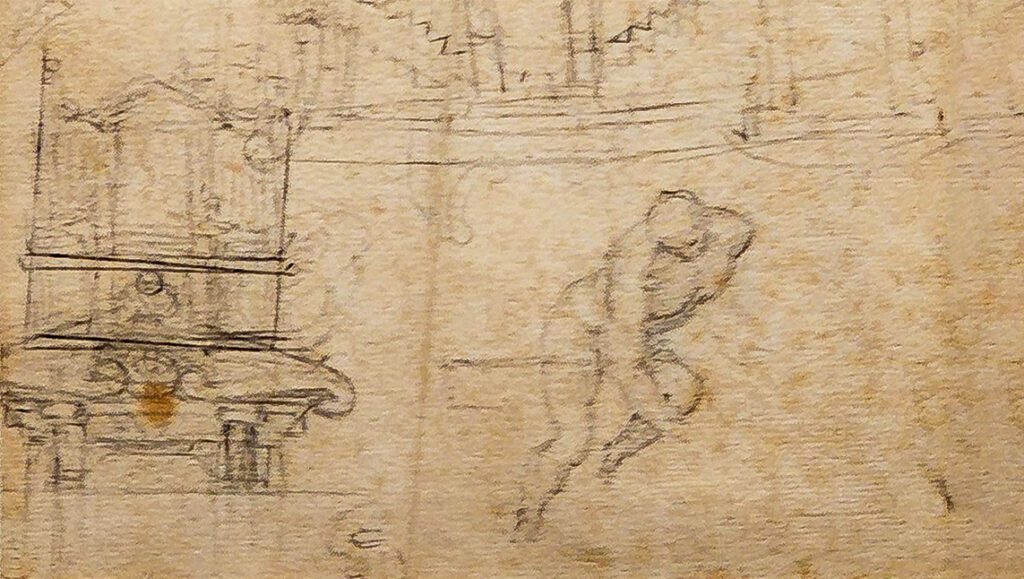
Bargello reopened its doors
After months of waiting, the Bargello has reopened its doors. The Florentine Museum, reopened from August 4 2021 following the current health safety measures, has an opening hours ranging from 8:45 am to 1:30 pm, closed on Tuesdays.
Since the reopening of this important Florentine institution is the great opportunity for tourists to rediscover a great jewel of the city, a tour of the Bargello Museum is the essential opportunity to get to know a large part of Florentine art, and beyond.
In addition to sculpture, of which the museum is the most important institution in Florence, the Bargello houses one of the most important collections in the history of art: that of Louis Carrand.

Assault on the Castle of Love, 12th century French ivory
In the guided tour you will discover the great masterpieces of Renaissance sculpture, flagships of the Museum, such as the famous David by Donatello, the Saint George also by Donatello, the Bacchus by Michelangelo, the wonderful ivory sculptures of the medieval era, the Lady with a bouquet by Verrocchio and the majestic bronze works in marble by Giambologna.
As can be deduced from the big names, the Bargello is a museum that absolutely deserves to be visited. Indeed, few know that in reality this institution, precisely because of the importance of the collections, is the equivalent for sculpture to what the Uffizi Gallery is for painting. Nevertheless, the museum unfortunately remains one of the least visited in the city of the Lily.
A place symbol of Florentine history
So, taking advantage of the last days of the summer holidays, I had the idea of organising a tour to the Bargello Museum where, in addition to the sculpture masterpieces mentioned above, we will retrace the historical stages of this building which is among the oldest in Florence ; it is in fact at the beginning of the thirteenth century that the Bargello was built and it was inside this building where some of the most intense moments in the history of Florence took place, such as the grim executions of some conspirators in the well-known Pazzi conspiracy, or the ban on the death penalty at the end of the 18th century.
But if this ancient building – among other things exceptionally preserved – has such a long life, it is due to a very particular reason ⟣

Baccus, 1497, Michelangelo, Bargello



